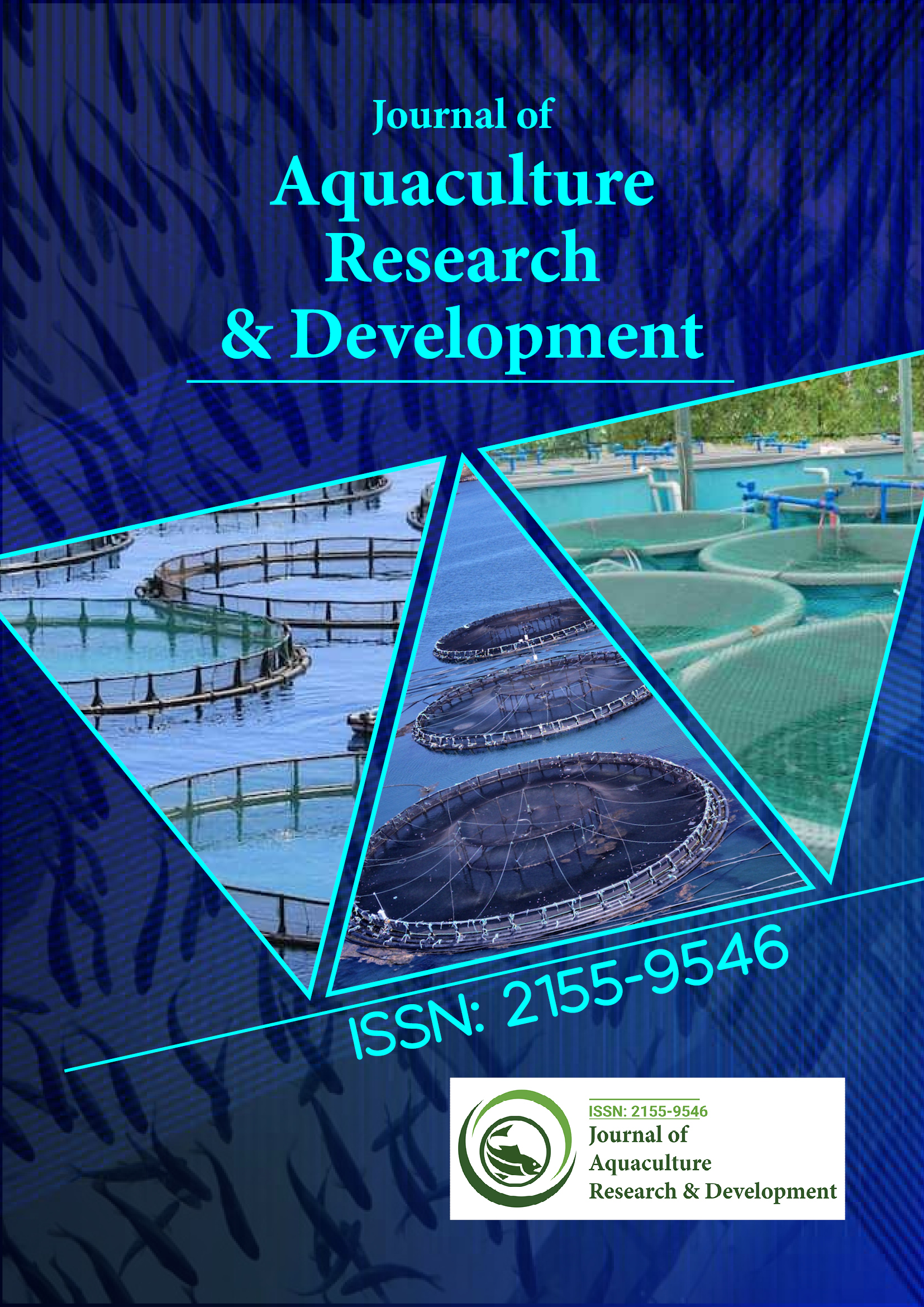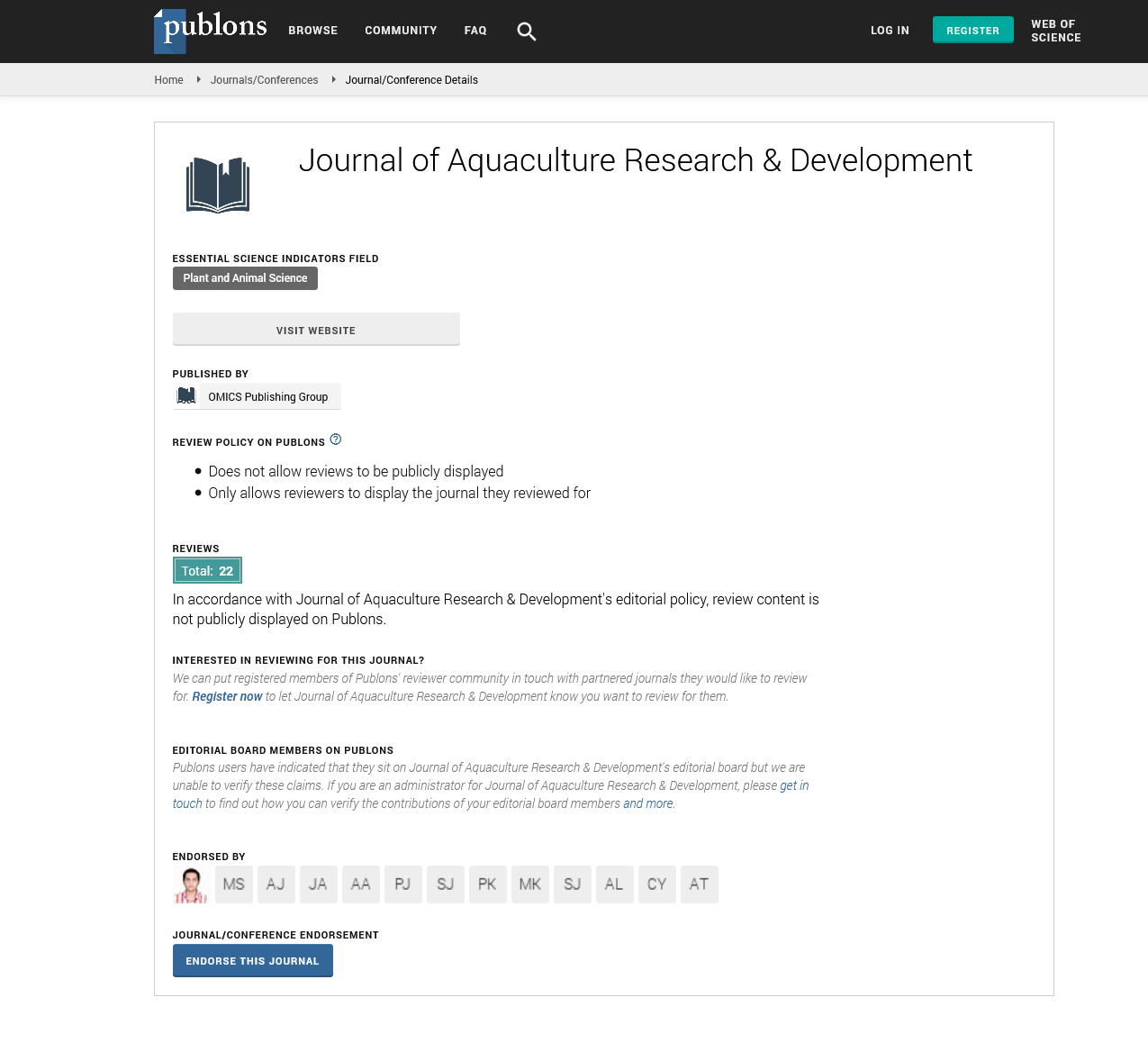Indexed In
- Online Access to Research in the Environment (OARE)
- Open J Gate
- Genamics JournalSeek
- JournalTOCs
- Scimago
- Ulrich's Periodicals Directory
- Access to Global Online Research in Agriculture (AGORA)
- Electronic Journals Library
- Centre for Agriculture and Biosciences International (CABI)
- RefSeek
- Directory of Research Journal Indexing (DRJI)
- Hamdard University
- EBSCO A-Z
- OCLC- WorldCat
- Scholarsteer
- SWB online catalog
- Virtual Library of Biology (vifabio)
- Publons
- MIAR
- University Grants Commission
- Euro Pub
- Google Scholar
Useful Links
Share This Page
Journal Flyer

Open Access Journals
- Agri and Aquaculture
- Biochemistry
- Bioinformatics & Systems Biology
- Business & Management
- Chemistry
- Clinical Sciences
- Engineering
- Food & Nutrition
- General Science
- Genetics & Molecular Biology
- Immunology & Microbiology
- Medical Sciences
- Neuroscience & Psychology
- Nursing & Health Care
- Pharmaceutical Sciences
Opinion - (2025) Volume 16, Issue 4
Changes in Planktonic Algal Structure and Function Caused by Urbanization
Carol Reuter*Received: 28-Mar-2025, Manuscript No. JARD-25-29673; Editor assigned: 01-Apr-2025, Pre QC No. JARD-25-29673 (PQ); Reviewed: 15-Apr-2025, QC No. JARD-25-29673; Revised: 22-Apr-2025, Manuscript No. JARD-25-29673 (R); Published: 29-Apr-2025, DOI: 10.35248/2155-9546.25.16.984
Description
Urban rivers represent some of the most vulnerable aquatic ecosystems due to their direct exposure to human activities. They serve as recipients for wastewater, stormwater, industrial effluents and runoff from surrounding landscapes. Among the many organisms inhabiting these systems, planktonic algae stand out as indicators of ecological condition because of their central role in primary productivity, oxygen regulation and nutrient cycling. However, intensified anthropogenic disturbances increasingly compromise their health and function. Understanding how these disturbances impair algal communities is essential for evaluating ecosystem stability and designing restoration measures.
Organic pollution and oxygen depletion
Untreated or partially treated wastewater contributes significant loads of organic matter into rivers. As bacteria decompose this material, oxygen levels drop, limiting availability for other aquatic organisms. Algae, though capable of photosynthesis, rely on adequate dissolved oxygen for respiration, particularly during night-time. Persistent oxygen depletion stresses sensitive taxa, reduces biomass and promotes a shift towards tolerant groups. This decline in oxygen availability also magnifies the impact of nutrient enrichment, accelerating the dominance of harmful cyanobacteria and diminishing ecosystem stability.
Toxic contaminants and physiological stress
Industrial discharges and urban runoff frequently carry heavy metals such as cadmium, copper, mercury and lead. These elements are toxic to algal cells, damaging chlorophyll molecules and interfering with the photosynthetic electron transport chain. Prolonged exposure reduces cell division rates and suppresses biomass accumulation. At the cellular level, heavy metals induce oxidative stress by generating reactive oxygen species that damage proteins, pigments and DNA. Sensitive algae are gradually eliminated, while only resistant forms remain, leading to reductions in diversity and productivity.
Altered hydrology and flow regimes
Urbanization modifies natural hydrological patterns through dam construction, channelization and stormwater surges. Frequent fluctuations in discharge disturb algal habitats, affect light penetration and alter sediment dynamics. Strong flow events can wash away algae, while stagnant flows encourage sediment accumulation and reduced oxygen levels. Both extremes destabilize algal communities, creating conditions where only a limited number of opportunistic species survive. Such instability limits long-term ecosystem resilience and diminishes the ecological services that algae provide.
Physical disturbances and sedimentation
Urban development near rivers often involves dredging, construction and land modification that increase sediment loads. Higher turbidity reduces light availability for photosynthesis, directly limiting algal productivity. Sediments also smother algae by covering their habitats or removing them from the water column. Fine particles may adsorb contaminants that are gradually released into the water, exposing algae to additional chemical stress. Over time, persistent sedimentation reduces diversity and favors forms adapted to low-light or turbid conditions.
Physiological responses of algae
At the organismal level, algae subjected to anthropogenic disturbances exhibit clear physiological impairments. Pollutants compromise membrane integrity, causing leakage of ions and reduced efficiency of nutrient uptake. Chlorophyll degradation and pigment alteration reduce the capacity for photosynthesis, slowing growth rates. Enzyme systems responsible for carbon and nitrogen assimilation are disrupted by exposure to metals and organic contaminants. Together, these effects reduce biomass accumulation and suppress primary productivity, which in some rivers declines by nearly half compared to less disturbed systems.
Dominance of tolerant species
Intensified stressors not only reduce algal abundance but also alter community composition. Sensitive green algae and diatoms, important contributors to aquatic food webs, decline in disturbed environments. In their place, cyanobacteria and euglenoids often dominate due to their ability to tolerate low oxygen, fluctuating light conditions and high nutrient concentrations. Cyanobacteria further degrade river health by releasing toxins such as microcystins, which affect aquatic organisms and increase risks to human populations. This dominance of a few tolerant taxa reduces biodiversity and undermines ecosystem balance.
Food webs and biogeochemical cycles
The impairment of planktonic algae reverberates across the ecosystem. Zooplankton that depend on algae as their primary food source decline in abundance and diversity when algal productivity is reduced or when cyanobacteria dominate, as these are less palatable. Reduced zooplankton biomass impacts fish populations, leading to weakened food webs. At the same time, diminished algal productivity lowers oxygen generation, accelerates sediment anoxia and weakens carbon fixation. This alters nutrient cycling and reduces the capacity of rivers to self-purify, compounding the effects of urban pollution.
Citation: Reuter C (2025). Changes in Planktonic Algal Structure and Function Caused by Urbanization. J Aquac Res Dev. 16:984.
Copyright: © 2025 Reuter C. This is an open-access article distributed under the terms of the Creative Commons Attribution License, which permits unrestricted use, distribution, and reproduction in any medium, provided the original author and source are credited.

